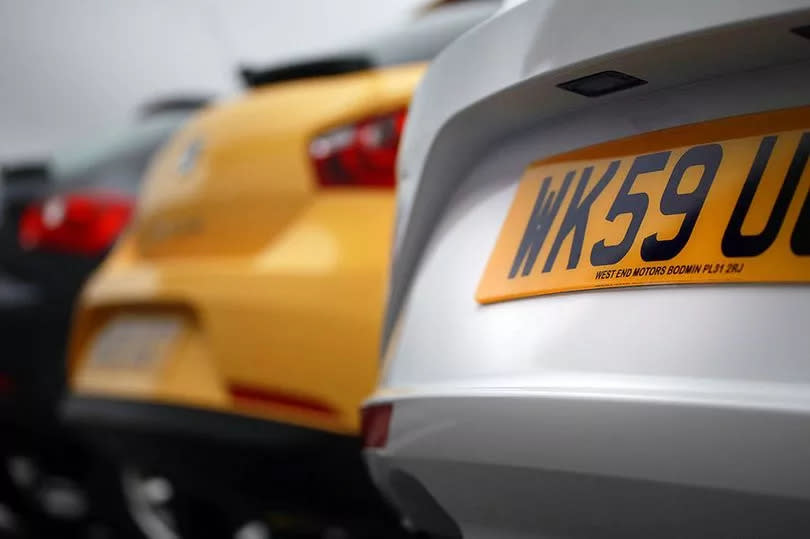Drivers are only just learning what letters and numbers on registration plates mean

Are you one of those car owners who have committed the number plate of your vehicle from heart? While it might come handy for various reasons, from parking to motor insurance, do these random characters mean anything to you?
The intriguing part is, each plate gives a unique identity to a vehicle, storing certain information. The existing format of registration plates for vehicles in England, Scotland, and Wales was brought in during September 2001. It comprises two letters, two digits, a space, and three additional letters.
Interestingly, the first couple of letters and numbers aren't just randomly picked. Recently, an interesting revelation was voiced by a salesman of Braceys Motors Ltd, a specialist used car dealer based in Hitchin, Hertfordshire on TikTok. He shared: "Did you know the first two letters on your on your plate signify where your car was produced*? SH, we've got Scotland, Glasgow, YT, we've got Yorkshire, Sheffield, so on and so forth. Where was your car made?".
*More specifically, the first two letters on a car's number plate, known as the 'DVLA memory tag', represent where the vehicle was registered, not necessarily where it was produced. For instance, an L signifies London, Y stands for Yorkshire, and B indicates Birmingham. The second letter is determined by the specific postal area of registration.
Many motorists in the comments section were curious about their own vehicles' registration locations. If you're also interested, you can consult the DVLA website, which provides a comprehensive list of letter codes or memory tags, enabling you to determine your car's registration location.
The subsequent two digits on the number plate, referred to as an age identifier by the DVLA, denote the vehicle's age. However, it's not quite that straightforward. These two numbers indicate when the car was initially registered, but they cover a six-month period. If a car is registered between March and August, the year's last two digits are used, such as 23.
But if the car is registered from September to February, an additional 50 is added to this number. Hence, cars registered from September 2023 to February 2024 will have 73 on their number plates.
Lastly, the number plate's final three letters are entirely random, ensuring each plate's uniqueness. The only letters not utilised are I and Q, so the combination will consist of the remaining 24 letters.
Jon Kirkbright, sales director at Private Number Plates, explained: "To the untrained eye, number plates may look like a random combination of letters and numbers. While many people will be aware that the numbers refer to the year the car was made and registered, they may not know that the letters before them also have a hidden meaning."
Kirkbright added: "They are known as 'regional identifiers' and refer to the DVLA office where the car was registered. This may be why your number plates start with the same letters if you buy more than one car from the same dealership, for example - it is not just a coincidence."

 Yahoo News
Yahoo News 
